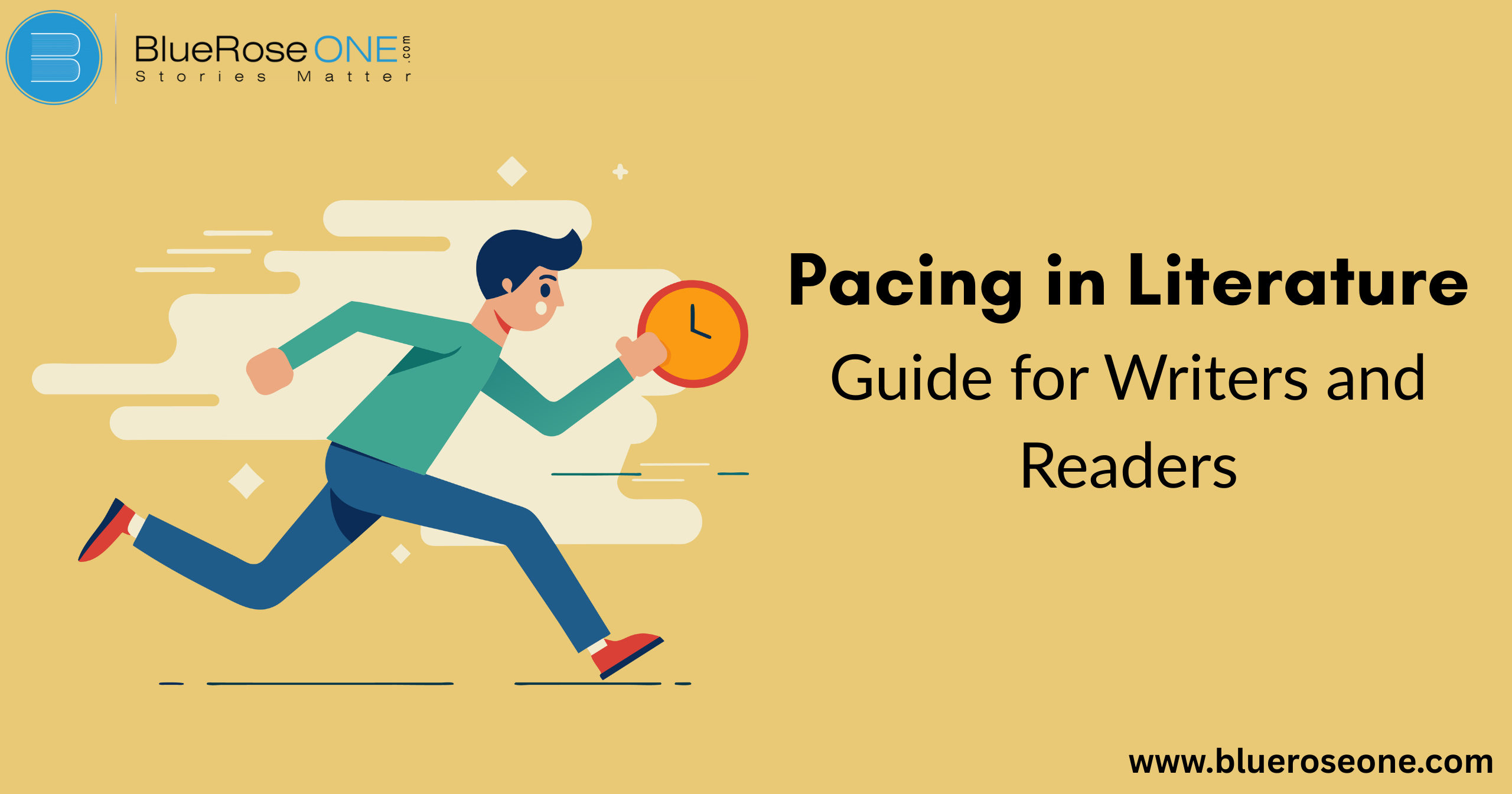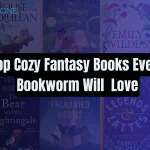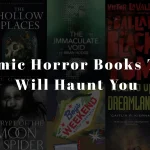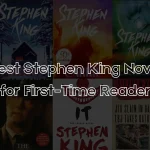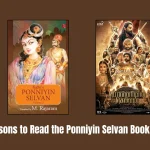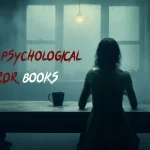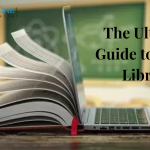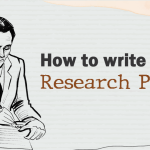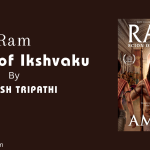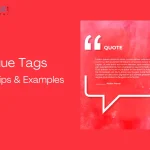Have you ever found a book so compelling that you couldn’t put it down? 0r one so slow it felt like walking through molasses? That is the pace at work. Whether you’re a writer attempting to create fascinating stories or a reader trying to figure out why a story feels too fast or too sluggish, pacing is the key factor in how a story unfolds.
Let’s break down everything you need to know about pacing in literature what it is, how it works, and how you can master it
Understanding the Basics of Pacing
What is Pacing in Writing?
How Pacing Influences Storytelling
Fast vs. Slow Pacing Explained
- Fast Pacing usually features short sentences, lots of action, and quick scene changes. Ideal for thrillers and action scenes.
- Slow Pacing includes more introspection, description, and development. Perfect for literary fiction or emotional scenes.
You may also like: What is a Title Page? Definition, Purpose and Examples
Types of Pacing
Fast Pacing
Fast pacing makes the heart race. It’s full of movement and often leaves readers breathless—in a good way.
- Action Scenes: Battles, chases, escapes. These demand short, punchy sentences and minimal internal monologue.
- Cliffhangers: Ending chapters on a suspenseful note keeps readers turning pages late into the night.
Slow Pacing
Slow doesn’t mean boring, it means thoughtful.
- Character Development: These scenes delve deep into characters’ minds and emotions.
- World-Building and Description: Especially in fantasy or sci-fi, slow pacing helps readers absorb the world.
You may also read: What is the Rule Archetype? Definition with Powerful Examples
Elements That Affect Pacing
Sentence Structure and Length
Paragraph Length
Dialogue vs. Narrative
Chapter Breaks and Scene Changes
Use of Cliffhangers
Cliffhangers are a powerful tool to control pacing, especially in suspenseful or serialized narratives. By ending a scene or chapter with unresolved tension or a critical question, writers compel readers to continue, accelerating the story’s momentum. This technique creates anticipation and emotional investment, making it ideal for fast-paced storytelling. Effective use of cliffhangers keeps readers engaged and ensures a dynamic rhythm throughout the narrative.
You may also like: 10 Best Books on Writing Every Aspiring Author Should Read
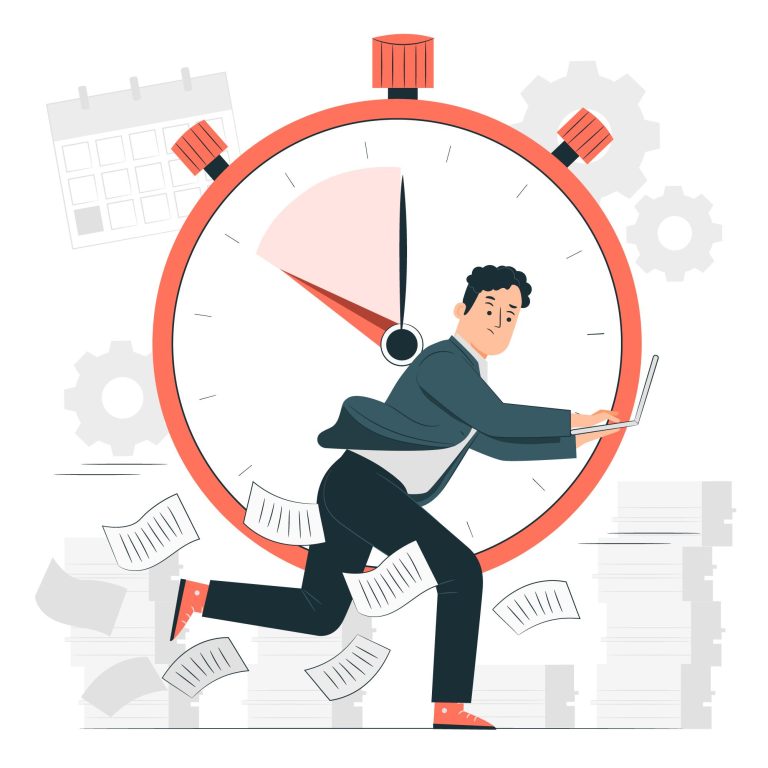
Techniques to Control Pacing
Varying Sentence Length
Varying sentence length is an effective way to influence pacing in your writing. Short, punchy words can convey a sense of urgency or tension, whereas lengthier, more descriptive sentences moderate the pace and allow for in-depth study. By combining the two, you may steer readers between fast-paced action sequences and slower, more contemplative periods, resulting in a balanced rhythm that keeps readers engaged and increases the emotional impact of your story.
Balancing Dialogue and Description
Strategic Use of Action
Delaying Information (Suspense Creation)
Delaying information is an effective approach for creating tension and controlling pacing in writing. Writers can heighten tension and keep their audiences engaged by concealing essential data or clues from them. This method fosters curiosity, encouraging readers to continue their hunt for answers. Strategic delays can also reveal information at important periods, heightening the emotional impact and emphasizing the story’s conclusion. To minimize annoyance and confusion, this strategy must be used with caution.
You may also read: 10 Tips on How to Build a Fanbase of Readers
Tools Writers Can Use to Adjust Pacing
Outlining and Storyboarding
Outlining and storyboarding are effective tools that help writers control pacing by providing a clear structure for their narratives. An outline allows writers to plan key plot points and scenes, ensuring a balanced flow throughout the story. Storyboarding, on the other hand, visually maps out each scene or chapter, helping to identify pacing issues. Both techniques enable writers to adjust the timing and tension of their stories, ensuring that the pacing aligns with the narrative’s emotional beats.
Beta Readers and Feedback
Editing for Rhythm and Flow
Editing for rhythm and flow involves refining the sentence structure, word choice, and pacing to create a smooth reading experience. Writers can adjust the rhythm by varying sentence length and using techniques like parallelism, repetition, and punctuation to control the pacing. Editing tools like Scrivener or ProWritingAid offer features that highlight sentence complexity, helping writers fine-tune flow. This ensures the pacing feels natural and engaging, avoiding awkward or jarring transitions.
You may also read: What is Neew Adult Fiction? Everything You Need to Know
Examples of Pacing in Famous Literature
Fast-Paced Examples
- The Da Vinci Code by Dan Brown – nonstop action and chapter cliffhangers.
- The Hunger Games by Suzanne Collins – short chapters and constant confli
Slow-Paced Examples
- To Kill a Mockingbird by Harper Lee – deep character exploration and rich setting.
- The Goldfinch by Donna Tartt – layered descriptions and emotional depth.
How Pacing Impacts Genre
Romance
In romance novels, pacing is crucial in building emotional tension and creating satisfying relationships between characters. Slow pacing allows for deep character development and gradual emotional buildup, making the eventual romantic payoff more rewarding. Conversely, fast pacing may focus on the excitement and thrill of the relationship, but can risk under developing the emotional connection. Striking the right balance in pacing ensures that readers remain invested in the characters’ journey toward love and connection.
Mystery/Thriller
Fantasy
Horror
Pacing is essential in horror films for creating tension and instilling fear. A steady buildup allows readers to anticipate approaching peril, increasing suspense. The gradual pacing heightens the psychological terror, bringing readers further into the story’s dark atmosphere. Fast pacing, on the other hand, with unexpected twists or shocks, can elicit immediate dread and create a sense of urgency. Balancing these factors is critical to delivering a really terrifying and immersive horror experience.
You may also like: How to Publish My Book? | Publish Your Book | BlueRoseOne
Pacing Pitfalls to Avoid
- Info Dumping: Throwing too much backstory at once kills momentum.
- Dragging Scenes: Scenes that don’t move the plot or develop characters slow the story.
- Rushed Climaxes: If the big reveal or action ends too quickly, it can feel unsatisfying.
Final Tips for Writers on Mastering Pacing
- Know Your Genre Expectations: Each genre has its rhythm. Stick to it unless you have a solid reason not to.
- Use Pacing to Build Suspense: Let tension simmer before the payoff.
- Read Aloud for Natural Flow: If it feels too slow or clunky, your readers will feel it too.
Conclusion
Pacing is more than just the speed of your story it’s the heartbeat. It dictates when readers hold their breath, when they cry, and when they can’t stop turning pages. Whether you’re writing a slow-burn romance or a high-octane thriller, mastering pacing is your key to storytelling success.
Take the time to feel the rhythm of your story and adjust as needed. Your readers will thank you.
Frequently Asked Questions
Pacing is the speed at which a story unfolds, affecting how fast or slow the events move in a book.
Use shorter sentences for fast scenes, mix in dialogue, and cut unnecessary filler to keep things moving.
They’re often used interchangeably, but tempo refers more to the flow of language, while pacing focuses on story progression.
Not necessarily. It depends on the genre and purpose of your scene. A mix usually works best.
Absolutely. Bad pacing can bore readers or confuse them. Good pacing keeps them hooked from start to finish.

